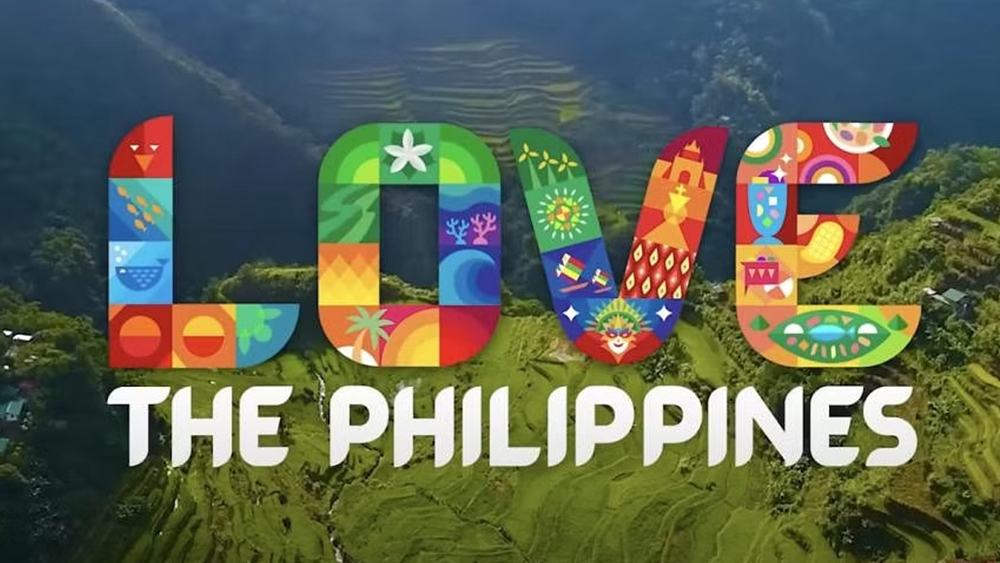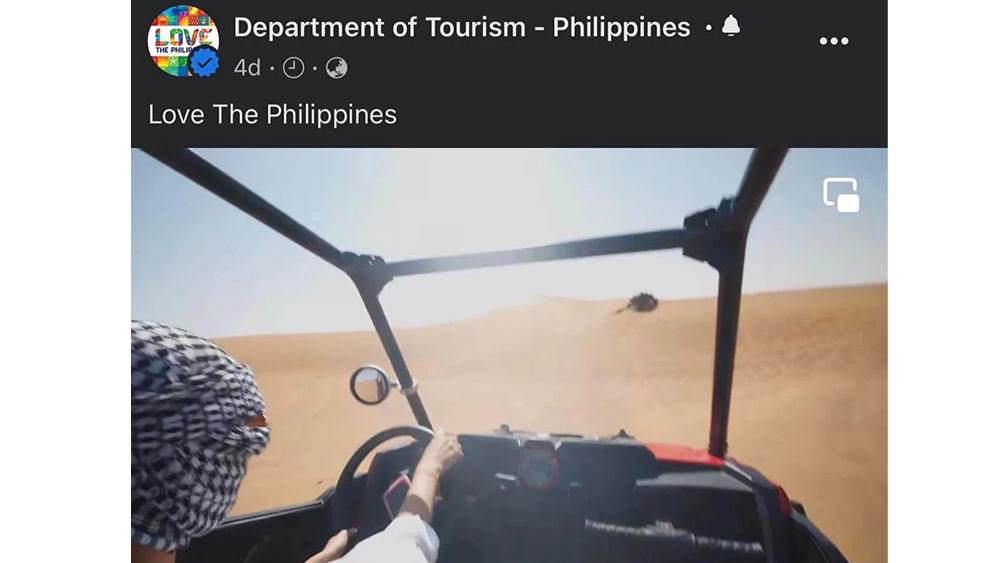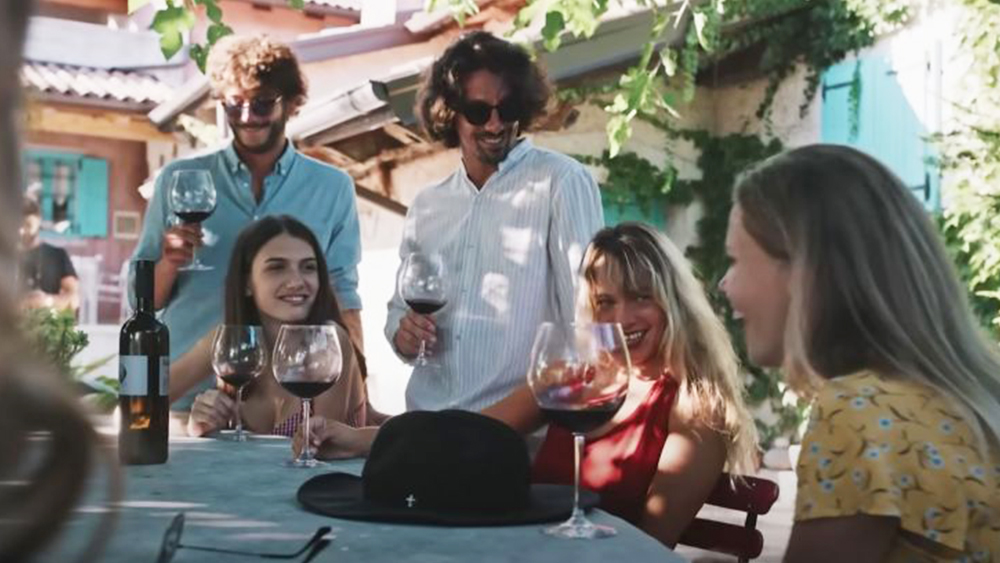
From bustling cities to paradise beaches, dramatic sand dunes and picturesque rice terraces, the video for the 'Love the Philippines' tourism campaign showcased a diverse array of attractions... perhaps a little bit too diverse.
Anyone visiting the Philippines looking for the exact locations shown in the video may be disappointed. Those rice terraces are in Indonesia. And the sand dunes? They're in the United Arab Emirates (see our own pick of the buildings you should visit to pad out your own bucket list).
The Philippines is just the latest country to get roasted for promoting its tourism offerings with video footage recorded in completely different countries. Sure, when you're making a fictional movie, Spain can double for the American West or Westeros. When the film's purpose is to promote the real attractions of a destination, we still generally expect authenticity, but that's becoming ever harder to guarantee.
The Philippine blogger Sass Rogando Sasot was one of the first to claim that several pieces of footage in the Philippines' video were from other countries. Agence France-Presse’s Fact Check team took a look and found the video did indeed include locations as varied as Brazil, Indonesia, Switzerland and the United Arab Emirates.

The Philippine Department of Tourism has since removed the video from its social media accounts and has cancelled its contract with the advertising agency DDB Philippines. The agency itself has apologised, describing the images as “highly inappropriate” and an “unfortunate oversight on our agency’s part”.
It says that “Proper screening and approval processes should have been strictly followed." To be honest, though, the debacle doesn't surprise me at all. I spent years working in communications in a tourism office and I also work for an agency that produces content for hotels. I've corrected lots of videos and social media posts in that time, and things like this come up all the time. Fortunately, I caught the ones I was presented with (I think).
The problem is that there's now the need for a huge amount of content and often not the budget to produce it using all original footage. The Philipines campaign is said to have cost $900,000 but that definitely wasn't spent on the video. This means resorting to user-generated content and stock video libraries is standard practice, and even the best stock photo libraries don't always have the shot you want.

Sometimes an unscrupulous content producer will knowingly slip in footage from somewhere else thinking that it looks generic enough to pass as the place being promoted. But most often it happens by accident, either because contributors to image libraries miscategorise their footage or because the library recommended 'related' content that the user assumed to be from the same location they originally searched for. Once the material is downloaded, it gets jumbled up in folders and nobody remembers where any of it is from.
If it's an international agency that isn't familiar with the destination being promoted, it's very easy to make a mistake. What's striking with the Philippines video is that a local agency didn't notice that some of footage was very clearly not from their own country. We often complain about rounds of revisions, queries and checks, but this is proof that they're important if we want to avoid things like this embarrassment and Italy's cringy "virtual influencer". It probably won't be long before we see the first case of a country getting roasted for using footage of a nonexistent destination made using an AI image generator.







